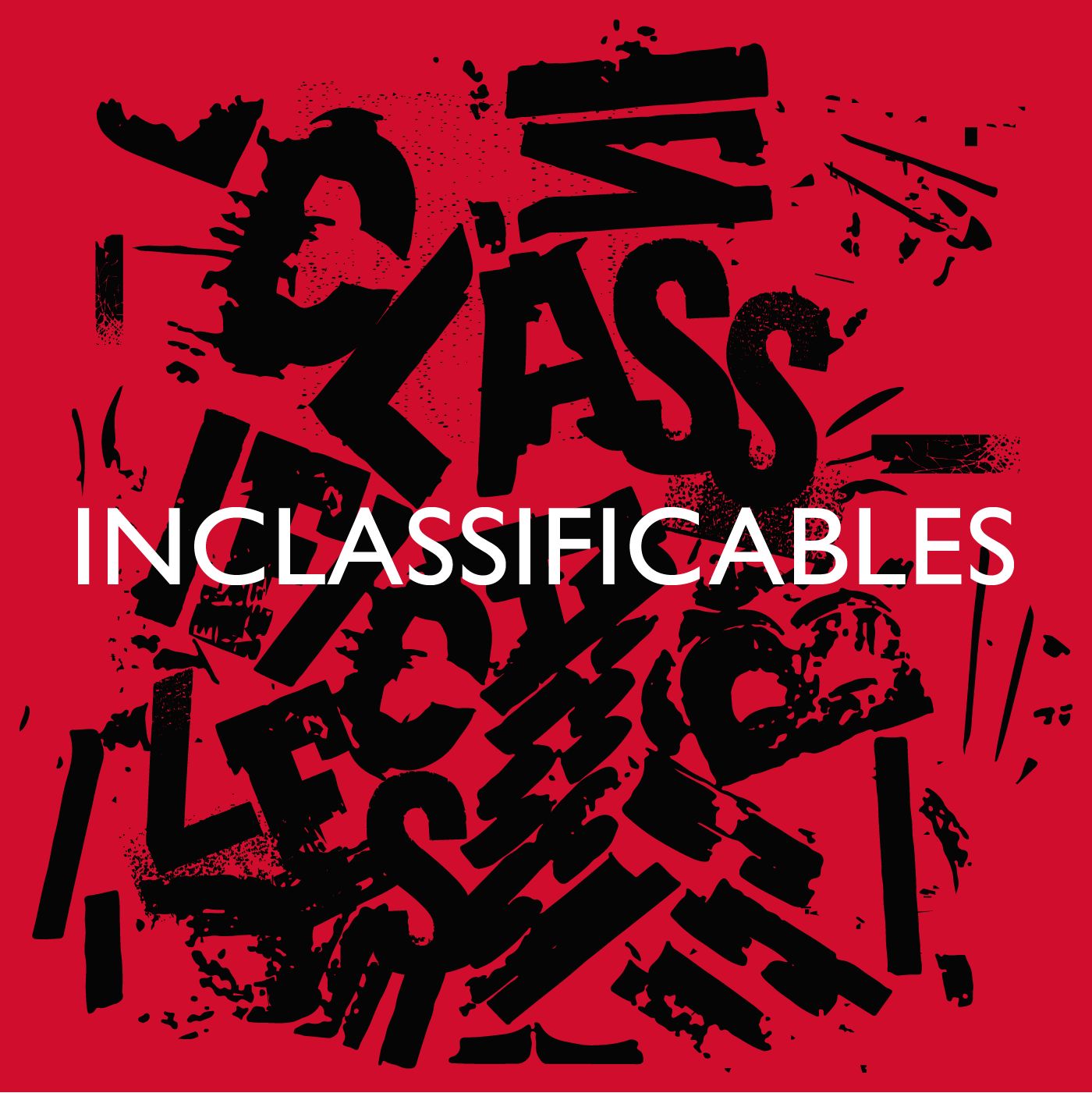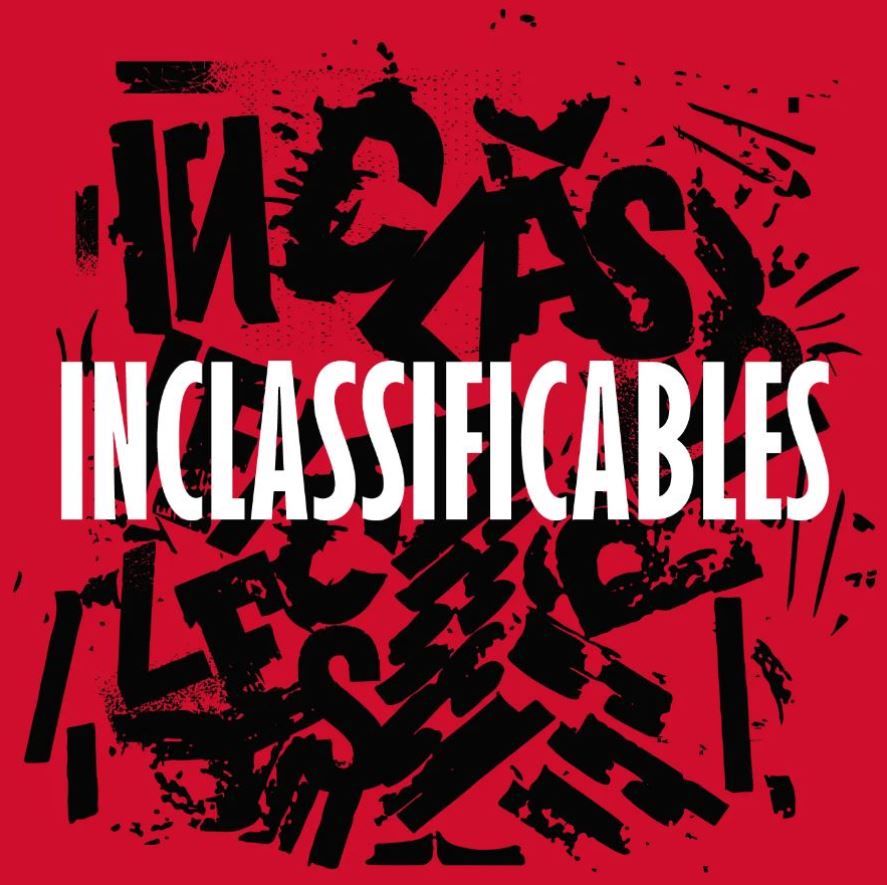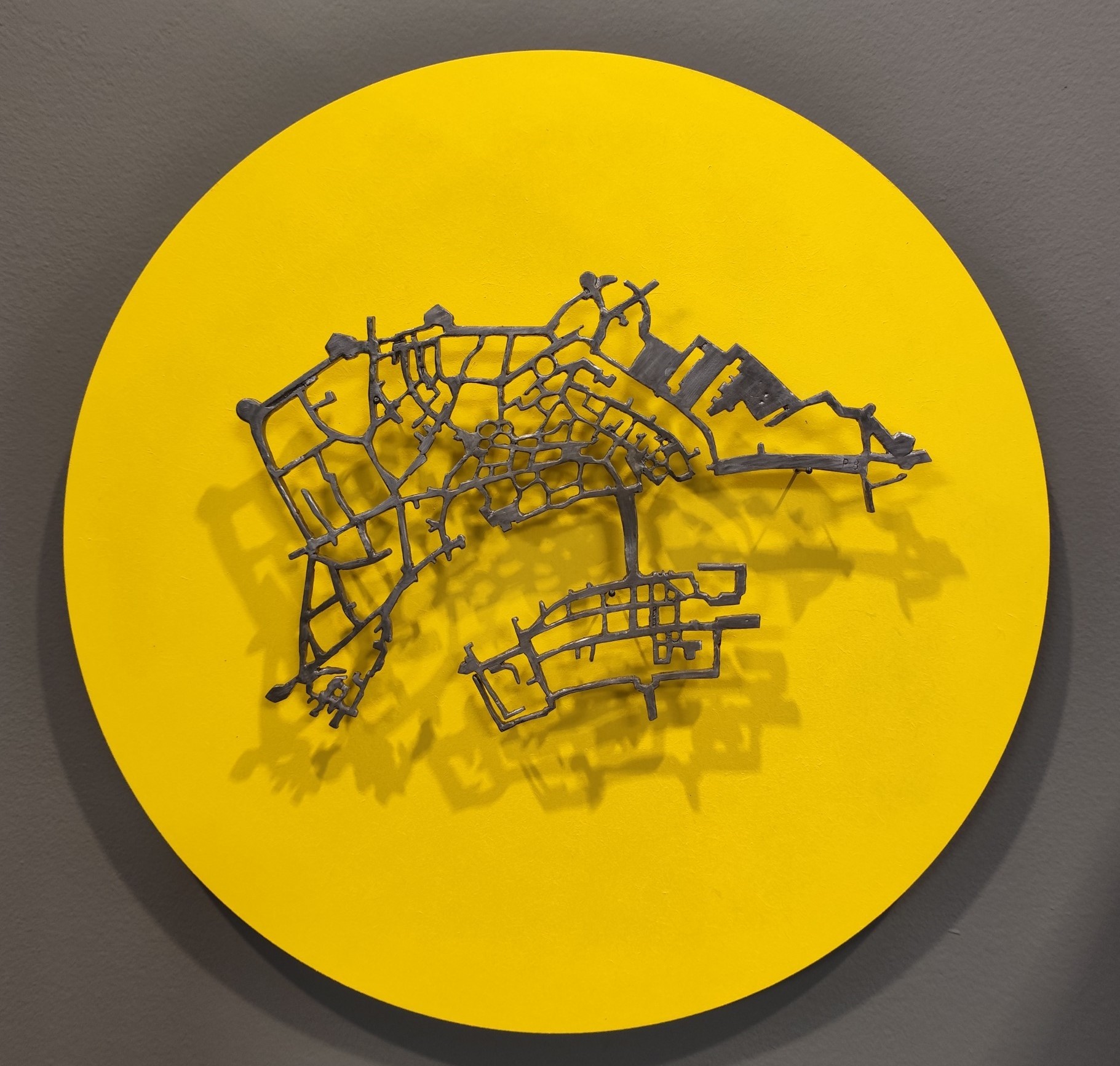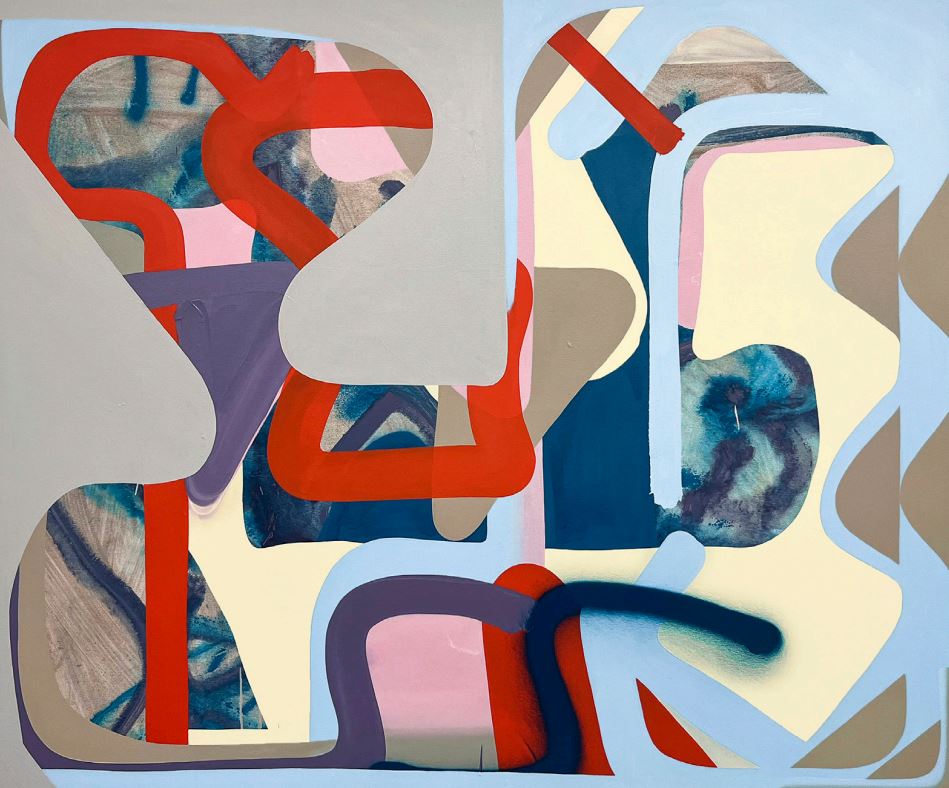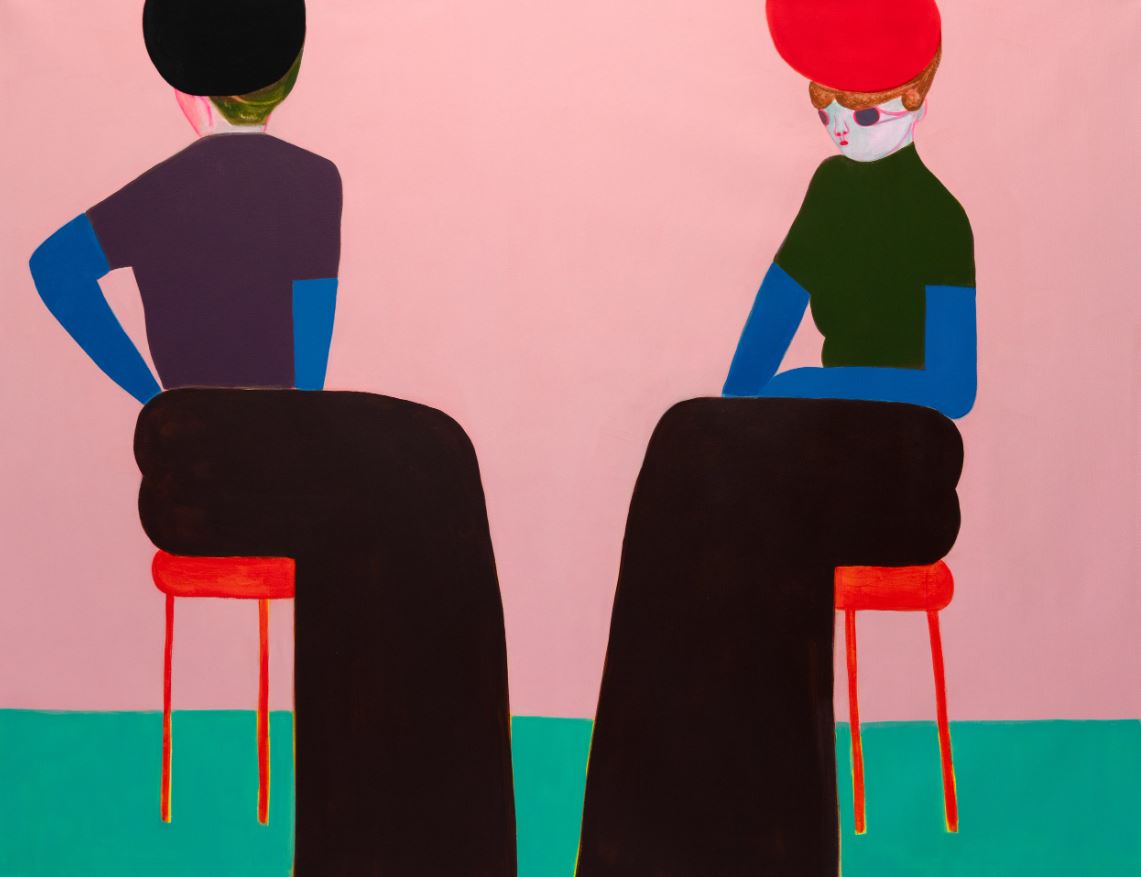Exhibitions
William Kentridge and Symphony No. 10 Shostakovich
Memory and history in a dialogue through music and images.
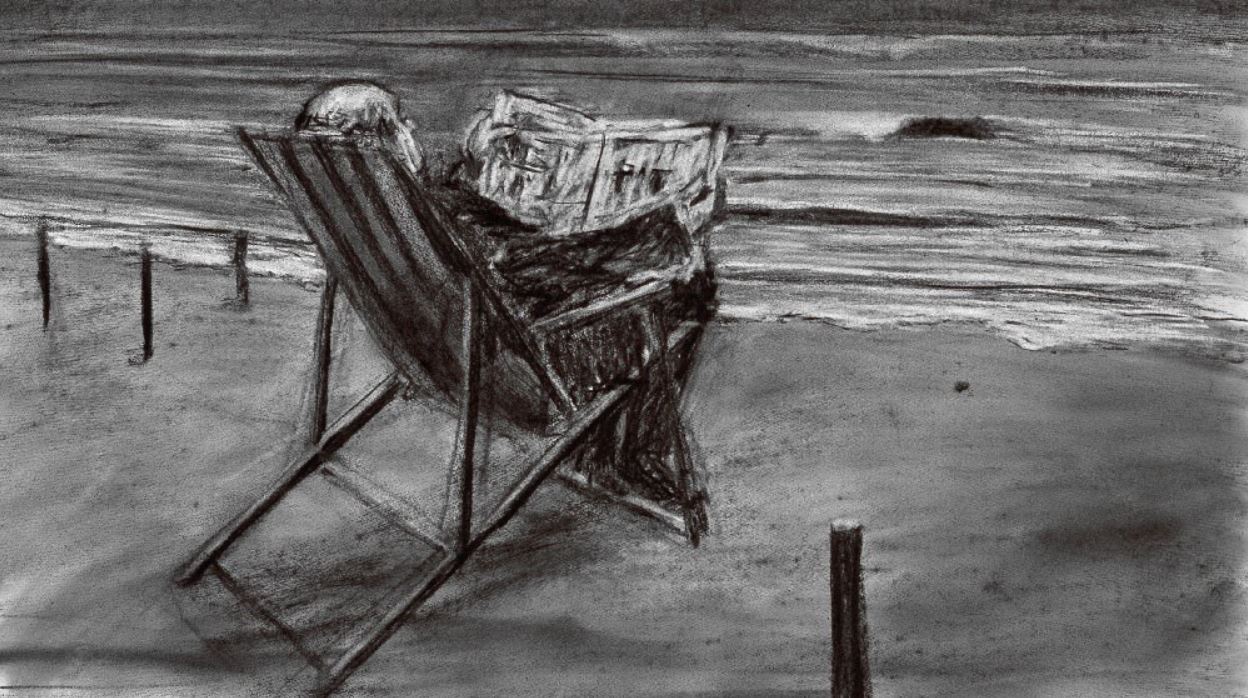
With the creative force that characterizes him, William Kentridge, one of the most influential voices in contemporary art, arrives in Barcelona and Lleida to show his artistic versatility and the depth of his commitment to memory and history. As part of this visit, Kentridge unfolds his full potential through music, film and the visual arts, consolidating his unique vision of creation and the intersection of multiple disciplines. Kentridge is one of the leading voices in contemporary art, a multifaceted artist who, through animation, drawing, cinema, music or theatre, has integrated multiple disciplines in his work.
The highlight of this series of events is undoubtedly the performance of Symphony no. 10 by Shostakovich at the Gran Teatre del Liceu, a monumental project that Kentridge has transformed into an audiovisual experience. Through his film 'Oh, to believe in another world', the South African artist weaves a visual narrative that accompanies the performance of the symphony, exploring the political and cultural echoes of the Soviet regime in which it work was created. This fusion between images, often raw and symbolic, and Shostakovich's music, performed by the Liceu Symphony Orchestra, creates an intense dialogue between history and contemporary art. The performances will take place at the Liceu today, October 18, and tomorrow, October 19.
The Symphony no. 10 by Shostakovich, which was first performed in 1953, a few months after Stalin's death, is the centerpiece of this project. Kentridge determines that seeing it live must be fabulous so that the audience can find and navigate the different cadences between the music of the orchestra and the images on the screen. He believes that in a theater like the Liceu, this staging concept can have an even greater impact. His favorite part of the work is the second movement, a piece of about 35 minutes, full of energy and dynamism.
This project was initially commissioned by the Lausanne Orchestra (Switzerland) and has already been presented in cities such as Johannesburg, Italy, Vienna and Hong Kong. Kentridge has advanced that it will also be represented in New York and London.
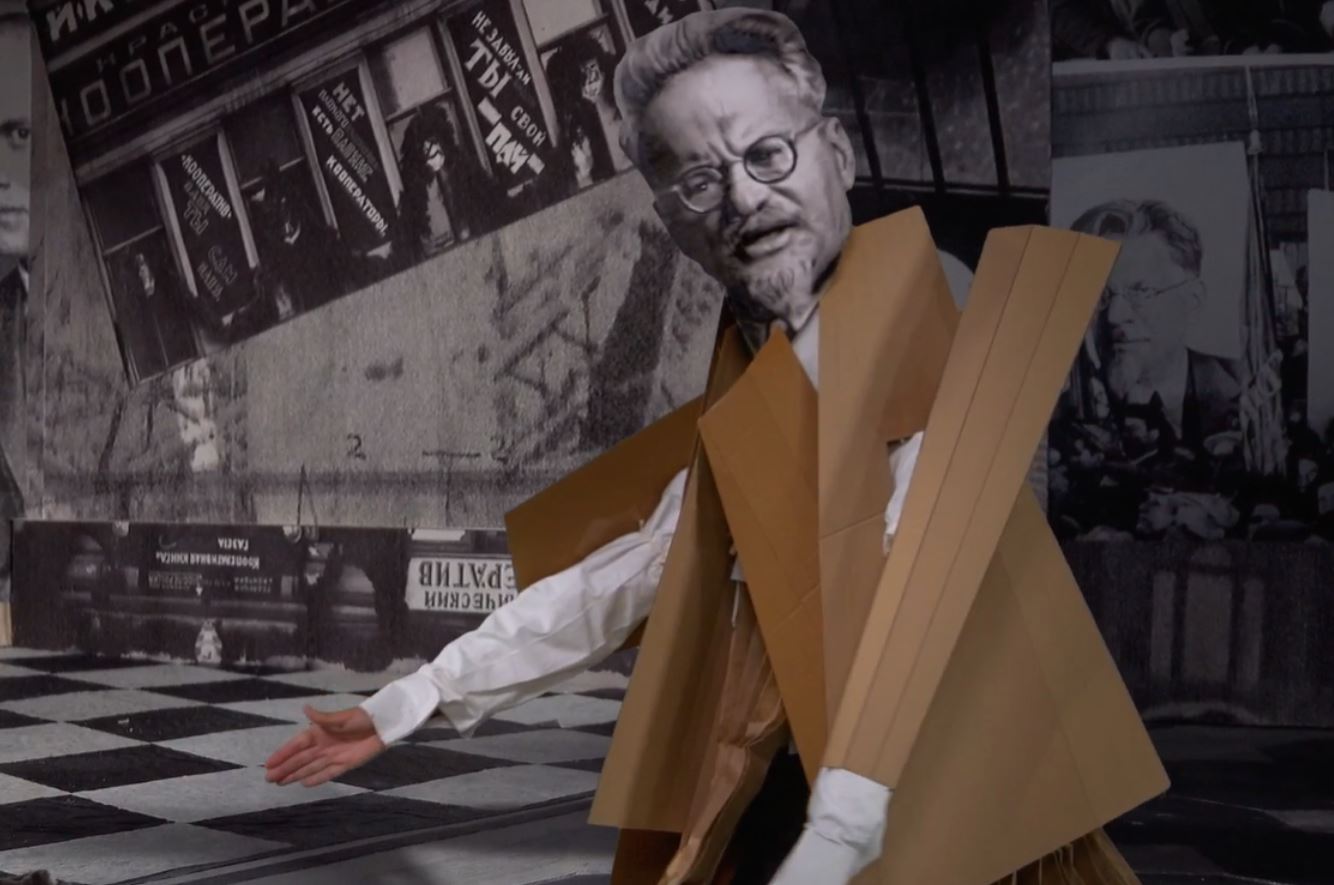
With a cinematographic sensibility that transforms the Liceu stage into a kind of abandoned Soviet museum, Kentridge has managed to make the screen not a simple complement to the music, but a protagonist with a life of its own. The challenge, as the artist comments, was to maintain the balance between the music and the image, preventing the projections from becoming a distraction or, as he says, a "screensaver". The film is projected flexibly, so the conductor is free to adapt the work to his own interpretation, allowing each performance to be unique and different.
Regarding the relationship with Russia today, Kentridge comments that, although Shostakovich's work does not have a direct reference to Putin, there are clear echoes of Soviet history in his project. You can see how the figure of Putin tries to reinvent the last phase of Stalin, and although it is not an explicit reference, the war images of the last movement, especially related to the Second World War, evoke certain resonances with current events . During the production of the film, the invasion of Ukraine had already begun, but the project itself had been conceived earlier. Kentridge mentions, however, that some countries rejected the representation of a Russian composer, which he considers a narrow view, since the purpose of art is to understand the message of the music, not to censor it.
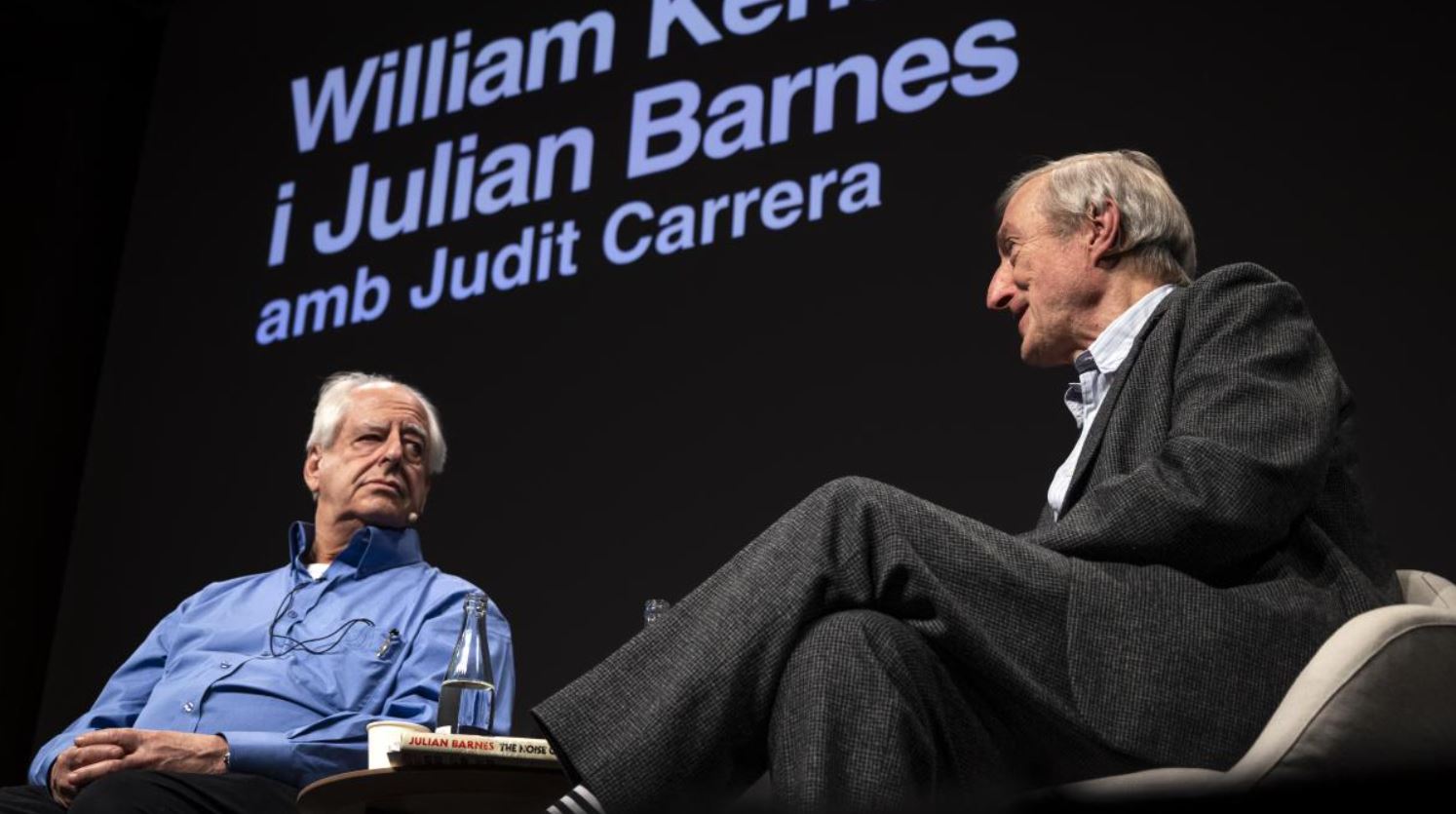
Kentridge's creative career in Barcelona, however, began yesterday, October 17, at the Center de Cultura Contemporània de Barcelona (CCCB), where he held a conversation with the British writer Julian Barnes. Moderated by Judit Carrera, director of the CCCB, they explored their relationship with Shostakovich and the role of music as a tool for memory and political reflection. The collaboration between the CCCB and Kentridge goes back to 2020, with the exhibition 'What is not drawn', when the idea of a dialogue with another creator was already raised. Kentridge chose Julian Barnes, inspired by his novel 'The Noise of Time'. The talk brought together more than 500 attendees, and the two artists analyzed the complex relationship between art and power, as well as the transformative potential of music. Both share a deep passion for music, which has led them to create works that dialogue with the figure of the Russian composer Dmitri Shostakovich, such as Barnes' novel and Kentridge's film, 'Oh, to believe in another world'.
Finally, this weekend culminates with the opening of an exhibition at the Fundació Sorigué in Lleida, where the set of works by Kentridge owned by the Sorigué collection, one of the most important in Lleida, will be presented for the first time europe As Ana Vallés, director of the Sorigué group, points out, this is the first time that all of Kentridge's works from his collection have been presented. For them, Kentridge is part of the five names of artists that form the epicenter of the dialogues that make up the construction of the Sorigué collection.
According to Vallés, the South African artist represents his values very well, seeking to bring art and reflection to all audiences. The exhibition is a tour through seven rooms that try to show how Kentridge walks and reflects inside his studio, creating this wonderful artistic world. There are works that show his entire evolution, from pieces such as 'Ulisse' - loaned by the Museu d'Art Contemporani de Barcelona (MACBA) - to the latest works presented at the Venice Biennale.
Overall, William Kentridge's visit to Catalonia is a cultural event of great importance that invites us to explore memory through the dialogue between music and the visual arts and allows us to get closer to his universe and his critical gaze, often ironic, about the world around us.
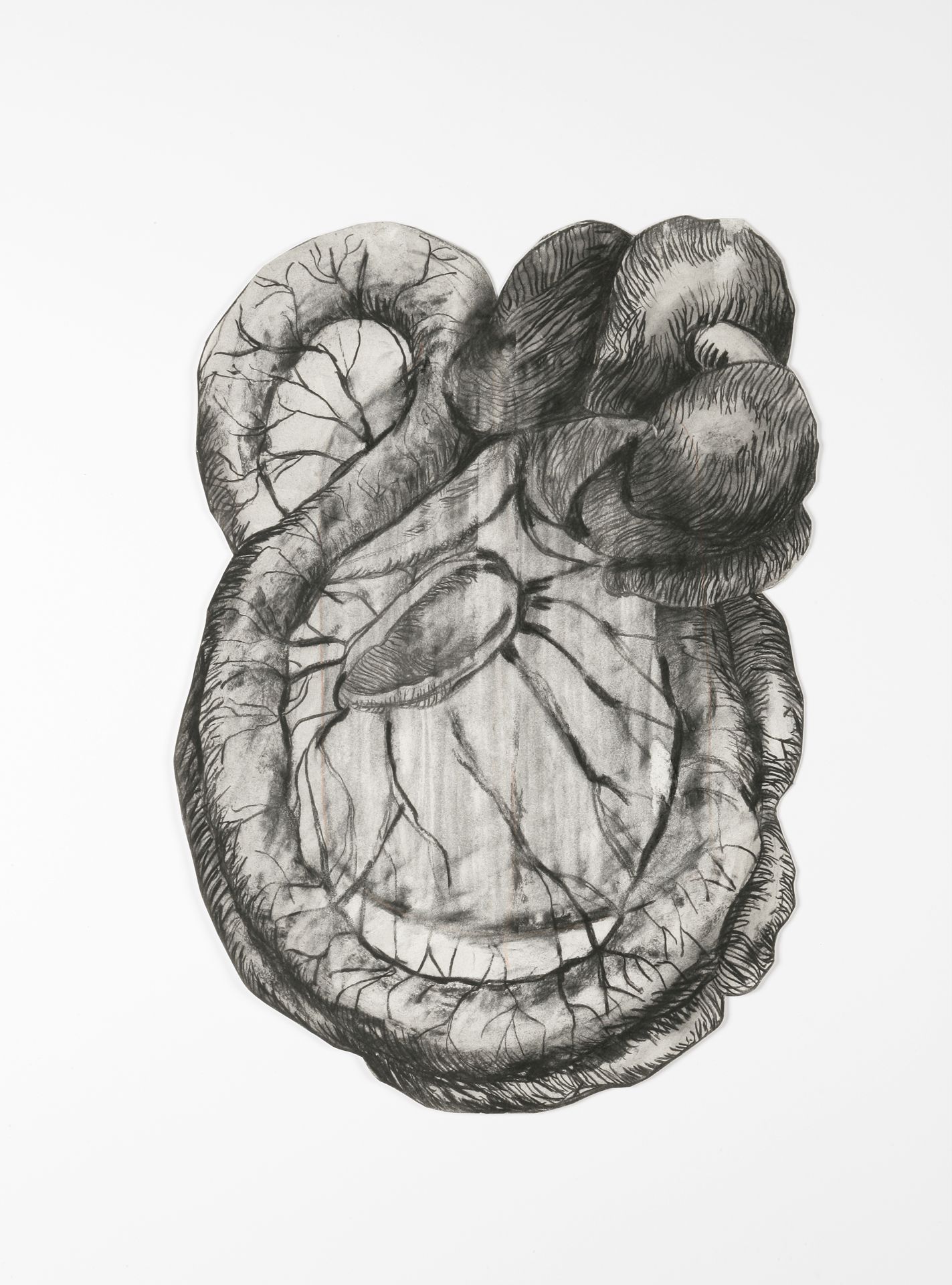 'Ulisse', William Kentridge (1998)
'Ulisse', William Kentridge (1998)




